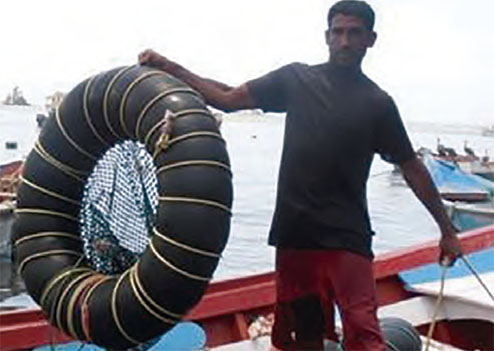The mussel and its commercial use as an economic or predatory activity
Abstract
From the early hours of the morning in the community of Guatapanare in Sucre state, you can see artisanal fishermen with their fishing gear towards the landing port to take the peñero boat that will transport them to the natural banks for the extraction of the mussel and thus begin to carry out their daily fishing task.
The mussel is an area of great fishing and economic importance that supports many families in the community, participating from one generation to another in the commercialization and transformation processes, observing by the roadside stalls where they sell the product, either, fresh or canned, (Photos 1 and 2).
The mussel fishery is an activity that has been developing for many years, in its beginnings it was exclusively for subsistence, the extraction was carried out very close to the coast in rocky sites and easily accessible, because there were no boats adequate fishing grounds and there was no true commercialization.
By the 1960s, when fisheries experts entered the country through the MAC-PDUN-FAO Agreement, fisheries and aquaculture research was given a boost and the natural banks of the river began to be alerted to exploitation throughout the year. mussel, since the fishermen did not respect the 4-month ban that was placed on this mollusk at the time (Martínez Díaz, 1966).
The natural banks of the mussel are located in the north of the state of Sucre, from the community of La Esmeralda to Punta de Mejillones in the Paria Peninsula, it is between the Guatapanare - Guaca coastal axis where the greatest fishing activity is carried out with a high human participation.
References
Ministerio de Agricultura y Cría, 1990. Regulaciones de las pesquerías artesanales venezolanas. Dirección General Sectorial de Pesca y Acuicultura Boletín Informativo de Pesca y Acuicultura Nº 3, 51 p.


